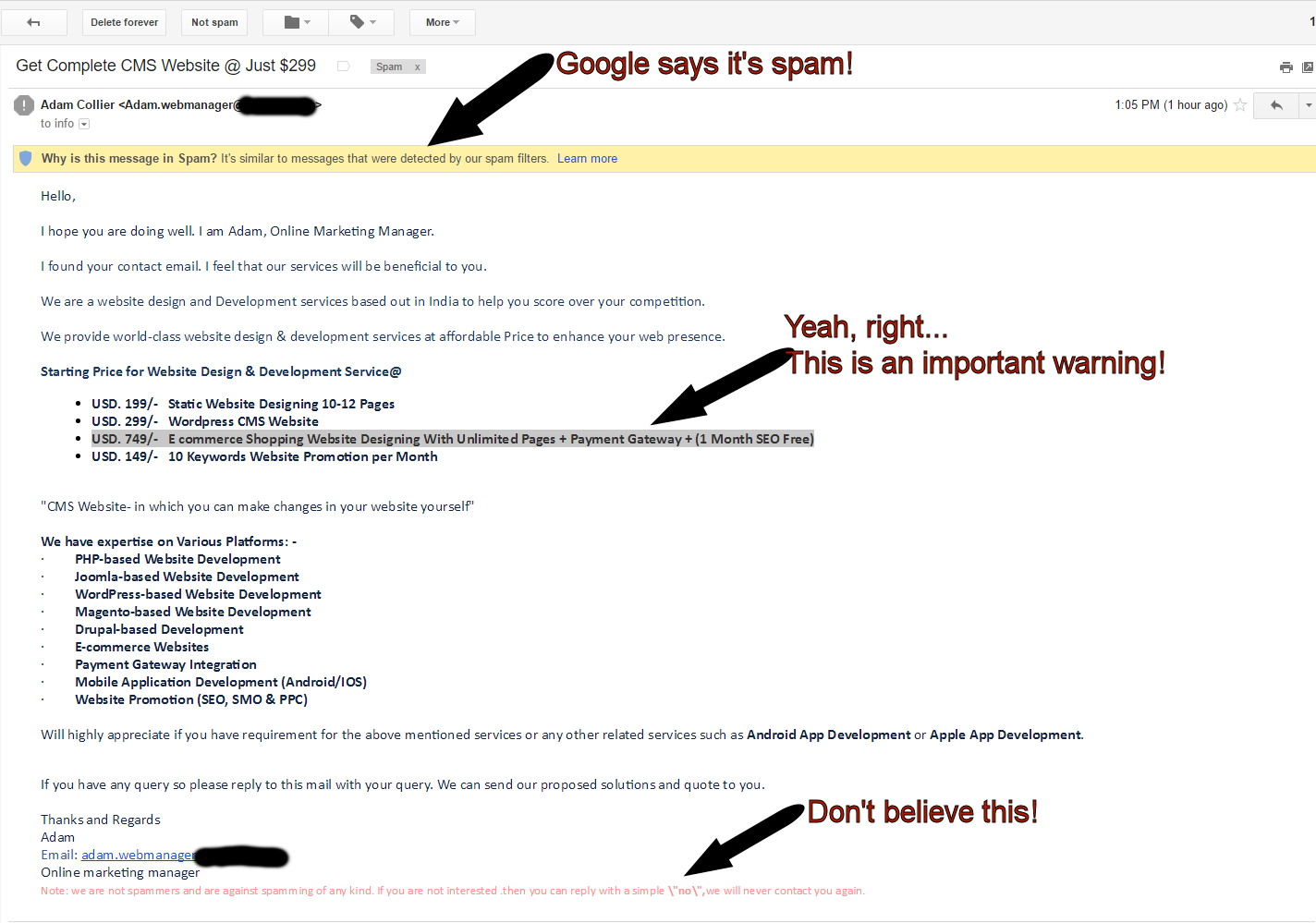
I noticed a very interesting post today on LinkedIn and I seriously have to rant about how dumb it really is. But look for yourself first and see if you’re good enough as a developer to see the flaws in it.
This is a preview image for a free course on C++ programming. Now, I’m no expert at C++ as I prefer C# and Delphi but I can see several flaws in this little preview. Yes, even though it’s a very tiny piece of code, I see things that trouble me…
And the reason for ranting is not because the code won’t work. But because the code is badly written. And a course is useless when it encourages writing code badly… So, here it is:

But keep in mind that code can be bad but if it works just fine then that’s good enough. Good developers will go for great products, not great code. It’s just that some bad code makes software development a bit harder… In general, coding practices include the use of proper design patterns and to make sure code is reusable.
So, not counting the lines with just curly brackets, I see five lines of code and two serious problems. And that’s bad. But the flaws are related because the person who wrote this C++ code seems to ignore the fact that C++ supports objects and classes. But it probably works so these aren’t really errors. They’re flaws in the design…
So, the first flaw should be obvious. I see various variable names that all start with a single letter and an underscore. The “m+” seems to suggest that these variables are all related. That means, they should be part of an object instead of just some random variables. The “m_ probably stands for “man” or whatever so you would need a class called “Man” and it has properties like ‘IsJumping’, ‘IsFalling’, ‘TimeThisJump’ and ‘JustJumped’. It suggests that Man is in a specific state like falling or jumping. And as it is a state, you would expect a second class for the “Jump” state. And probably others for “Falling”, “Walking” and other states.
The action triggered is a jump so the Man needs to be in a state that supports a jump. Jumping and Falling would not support this state so if man is in one of those states, he can’t jump. Otherwise, his state is changed to Jumping and that would start the timer. And if the timer is zero then ‘JustJumped’ would be true, right? So, no need to keep that property around.
So, all this code should have been classes and objects instead. One object for the thing that is doing something and various “State” classes that indicates what’s he doing at that moment. The fact that the author did not use classes and objects for this example shows a lack of OO knowledge. Yet C++ requires a lot of OO experience to use it properly and allow code reuse. After all, other items might jump and fall also, so they would use the same states.
The next flaw is less obvious but relates to “Keyboard::IsPressed”. This is an event that gets triggered when the user presses a key. It’s incomplete and there’s a parenthesis in front of it so I don’t see the complete context. But we have an event that is actually changing data inside itself, rather than calling some method from some class and let that method alter any data. That’s bad as it makes code reuse more difficult.
One thing to avoid when writing code is doing copy and paste of code from somewhere else. If a piece of code is needed in two or more places then it should be encapsulated in a single method that can be called from multiple locations. So this event should call a method “DoJump”, for example, so you can also have other calls to this method from other locations. For example, if you also want to support jumping on a mouse click.
Too many developers write events and fill these events with dozens of lines of code. Which is okay if this code is only called at one moment. But it’s better to keep in mind that these event actions might also get triggered by other events so you need to move them into a separate method which you can then call.
That would allow you to reuse the same code over and over again without the need for copy and paste programming.
So, in conclusion, I see a preview for a C++ course that looks totally flawed to me. No errors, just flawed. This is not the proper way to write maintainable code!













